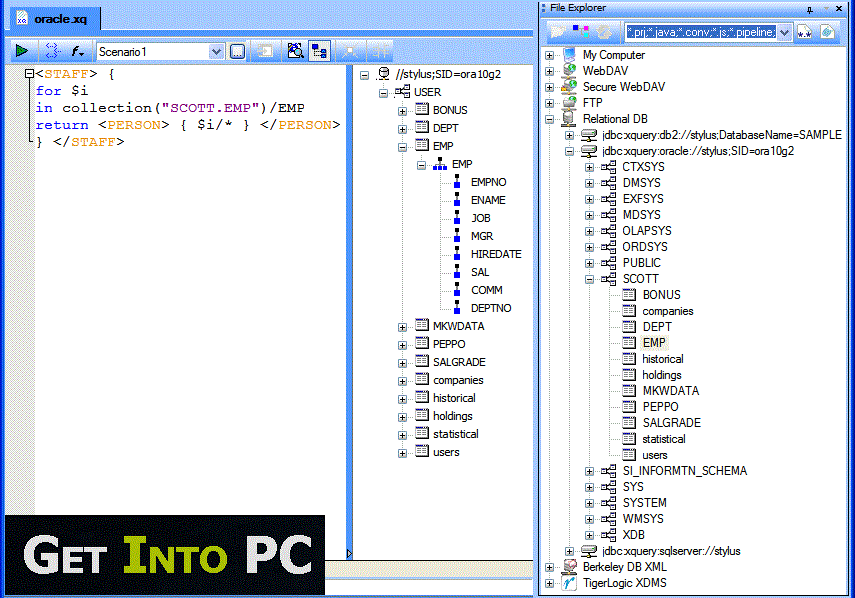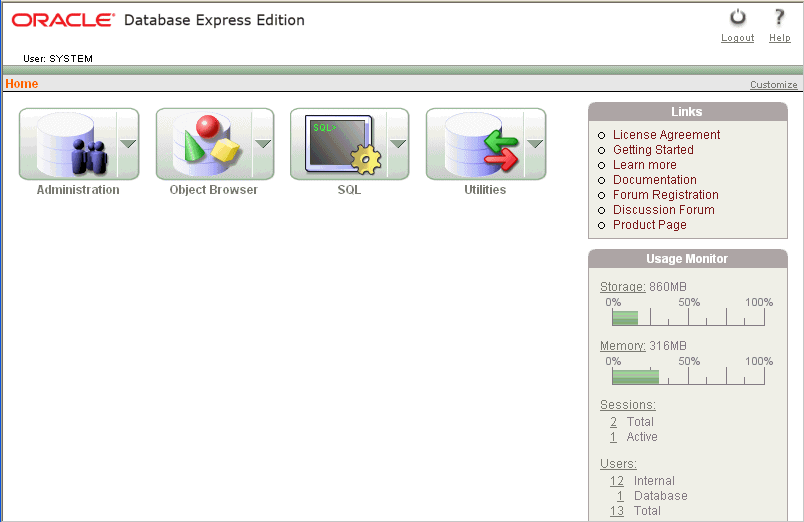
Root# /etc/init.d/oracle-xe configure Oracle Database 10g Express Edition Configuration - This will configure on-boot properties of Oracle Database 10g Express Edition.

ORACLE 10G EXPRESS DOWNLOAD INSTALL
You should answer Y (YES) to the question, "Do you want Oracle Database 10g Express Edition to be started on boot (y/n)" in order to install Oracle as a "service". Be aware that it will create the oracle user and dba group during this step. As the root user, perform the configuration. You must run '/etc/init.d/oracle-xe configure' as the root user to configure the database.ĥ. Root# rpm -install oracle-xe-univ-10.2.0.1-1.0.i386.rpm Executing Post-install steps. As the root user, install the Oracle XE RPM. After editing the file, either reboot or use "sysctl -p" to load the params dynamically. etc/nf should have the following params set.
ORACLE 10G EXPRESS DOWNLOAD UPGRADE
The RPM installer will insert the minimum recommended kernel setting of "m" for you, but since you may want to upgrade from XE to full Oracle at a later time, its a good idea to go ahead and set various other kernel parameters to adequate values for Standard or Enterprise Edition. Check kernel parameters for adequate resources. If you don't have them installed, add them from the Linux distribution media. As the root user, check prerequisites, then perform the install. nology/sof tware/prod ucts/datab ase/xe/ind ex.htmlĢ.

nology/sof tware/prod ucts/datab ase/xe/fil es/install. A default database instance (XE) is included with sample schemas so you can begin using the database immediately. It is as simple as downloading the RPM file, running the install command, running the configure step and accepting the default answers.

It also comes with the Application Express platform (APEX) and requires virtually no configuration out of the box. Oracle Express Edition is a completely free, 4gigabyte size limited database with nearly full Oracle Standard Edition feature compatibility.


 0 kommentar(er)
0 kommentar(er)
